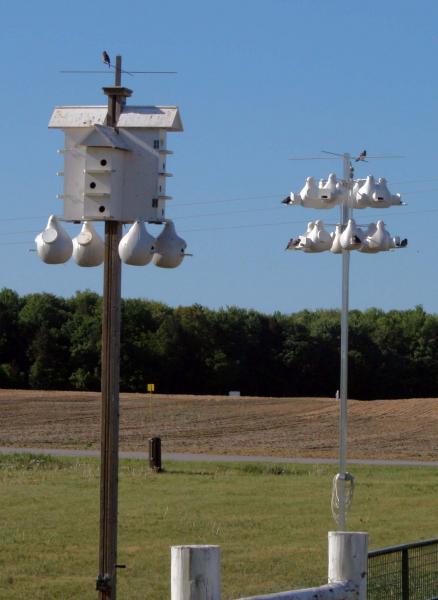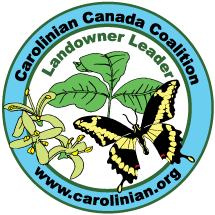Landowner Guide to Developing a CHAP
Ministry of Natural Resources Stewardship Guide
Rural Landowner Stewardship Guide for the Ontario Landscape

“This spring we added 12 Purple Martin gourds thanks to the CHAP incentive grant. We went from 1 breeding pair and 6 sub-adults last year to 7 breeding pairs and at least 5 sub-adults this year.” - Landowner Leader
Would you build a house without a blueprint, or take a trip without a map?
The answer, of course, is “NO!”
In developing a Carolinian Habitat Action Plan for your property you are laying out a blueprint or roadmap of how you want to create, restore or steward natural habitat for wildlife, including species at risk.
Use our guide and join others who are working to save Carolinian rarities such as:
- Flowering Dogwood
- Monarch Butterfly
- Eastern Foxsnake
- Eastern Hog-nosed Snake
- Barn Swallow
- Bobolink
- Eastern Meadowlark
Our Carolinian Habitat Action Plan will lead you through these steps:
Step 1. Set realistic goals and objectives for your habitat project
Step 2. Conduct a property inventory, including developing a property map with natural features; record plants and animals found on your property
Step 3. Develop your Carolinian Habitat Action Plan (CHAP)
Step 4. Implement your CHAP
Step 5. Monitor success!
Our CHAP guide promotes three key actions to help habitat:
SAVE = Habitat Protection - save existing habitat and species. Leave it be!
STEWARD = Habitat Improvement - includes practices like controlling invasive plants, providing nesting boxes for birds and bats, and building a snake hibernaculum.
SEED = Habitat Creation - includes practices like planting trees, establishing a grassland or tallgrass prairie, or constructing a wetland.
Contact us for more information: stewardship@carolinian.org

